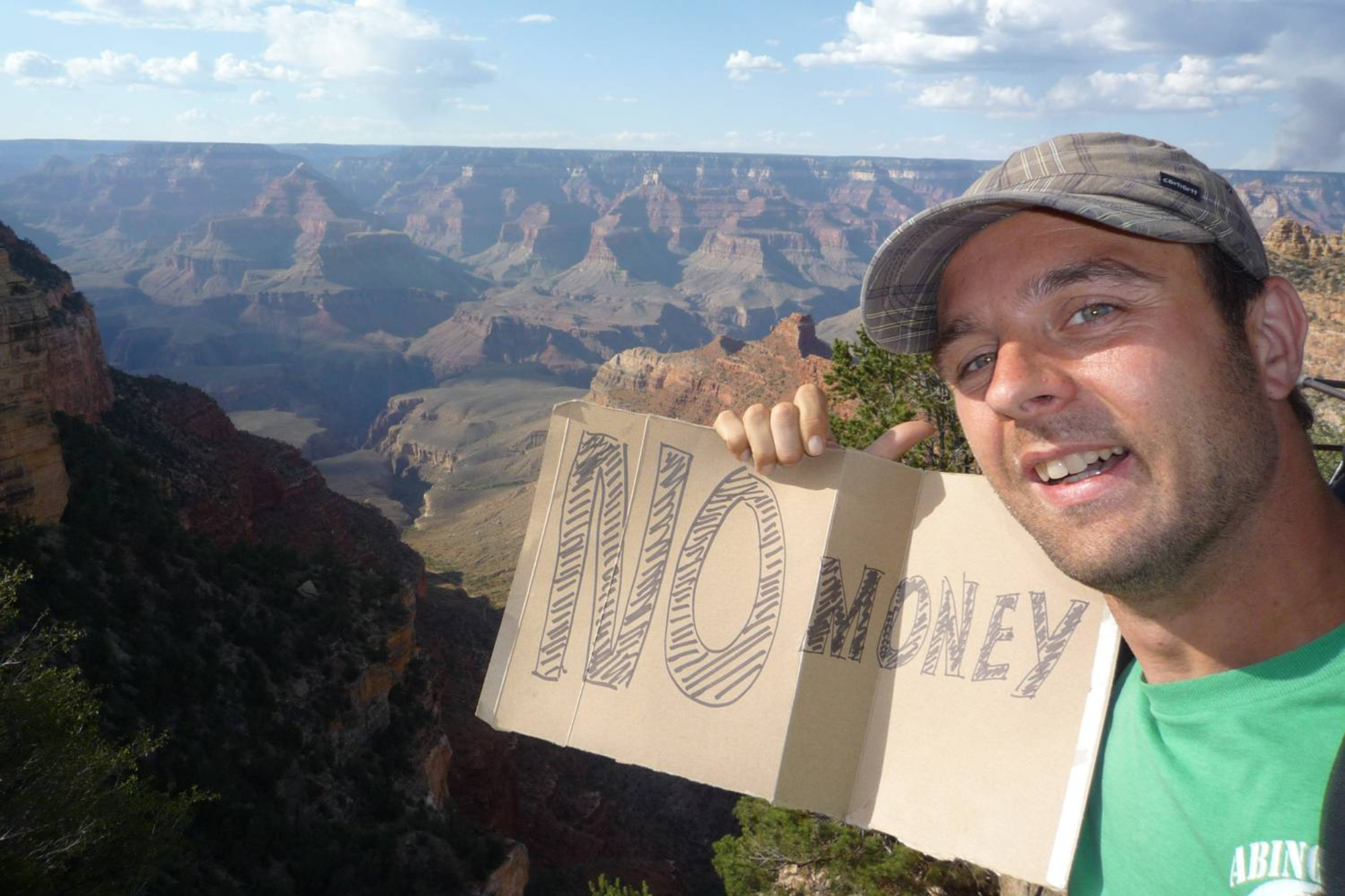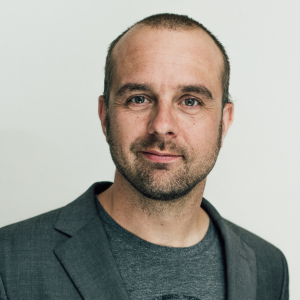
By Michael Wigge
Resilience, often defined as the ability to bounce back and adapt in the face of adversity, is a quality that can be cultivated and refined through life’s challenges. For me, the journey toward improving my resilience began in Germany, where I embarked on an extraordinary adventure.
In 2011, I decided to travel twenty-five thousand miles around the world by foot, bus, train, ship, and plane and not spend any money. I wanted to go on an adventure and see the world, but, at that time, I was broke, which is how the idea of traveling the world with no money was born.
My expedition from Germany to Antarctica without any financial resources tested and improved my resilience, which led to a book I wrote called How to Travel the World for Free. Because of the challenges I faced on this journey, I developed seven pillars of resilience, which I’ll share with you below.
Pillar 1: Solution Orientation
Solution orientation approaches problems with a mindset geared towards finding solutions rather than dwelling on the issues.
When I set out on my mission to travel the world without money, I quickly realized that complaining about my lack of resources wouldn’t get me far. I had to be resourceful and creative in finding unconventional solutions to survive so I could continue my expedition. From finding odd jobs to hitchhiking and bartering for food, I learned to develop a solution-oriented mindset by thinking outside the box.
Traveling overseas is a daring act that forced me to navigate unfamiliar territory, adapt to new cultures, and confront unexpected situations. It demanded resourcefulness, adaptability, and problem-solving skills. The discomfort and uncertainty of travel pushed me to develop a resilient mindset. I learned to embrace change, tolerate ambiguity, and thrive outside the boundaries of my comfort zone. These experiences made me more resilient by expanding my horizons and teaching me to thrive in diverse environments.
Pillar 2: Realistic Optimism
Realistic optimism involves maintaining a positive outlook while acknowledging the reality of the situation.
Throughout my journey, I encountered numerous challenges, from harsh weather conditions to unreliable transportation. Maintaining a sense of optimism was essential for me to keep going.
For example, Antarctica was my ultimate destination with its extreme climate and unforgiving terrain. However, I encountered setbacks and disappointments as I ventured through various countries to get there. One setback was that hitchhiking in the US isn’t really legal. I did not research this limitation beforehand. I had to get creative to find optional free travel opportunities. However, I remained realistically optimistic, believing I could still achieve my dream despite this obstacle.
Pillar 3: Networking
Networking is building a support system and connecting with others who can provide crucial resources and emotional support during challenging times.
In my case, networking became a lifeline. To survive, I had to reach out to people daily, sometimes up to 50 individuals, seeking food barter deals or assistance. I usually approached people in town and city centers, but I also took different routes, like approaching people at gas stations and hikers on trails.
For those who tend to be shy like me, proactively approaching people was a monumental challenge. It required stepping out of the shadows and into the spotlight, confronting social anxiety, and building the confidence to connect with others. I expanded my social circle and developed valuable networking skills by pushing through shyness and actively seeking interactions. These connections helped secure essential resources and enriched my experience by exposing me to diverse cultures and perspectives.
Networking strengthened my resilience by bolstering my ability to connect with others, form relationships, and seek support. Networking also became an integral part of my resilience toolkit and helps me today as a speaker and coach.
Pillar 4: Future Orientation and Goal Setting
Future orientation and goal setting are setting clear goals and then breaking them down into manageable steps.
My adventure was a six-month-long odyssey with the ultimate goal of reaching Antarctica without any money. This journey demanded planning and goal setting. I had to set intermediate goals to keep myself motivated and focused. These goals included bartering for a certain amount of food that would last me until the end of the day or making it to a certain location via hitchhiking. Each goal brought me closer to my ultimate destination, reinforcing my sense of purpose and determination.
Pillar 5: Ability to Regulate Emotions
Regulating emotions is having the emotional stability to face adversity.
My travel adventure put me through a rollercoaster of emotions, from excitement and joy to frustration and despair. Learning to manage my emotions allowed me to stay composed and make rational decisions even in the most challenging situations. Being alone on purpose is a formidable challenge that tested my ability to manage loneliness and self-sufficiency. Solitude encouraged introspection, self-discovery, and the development of self-reliance. It taught me to find comfort in my own company and equipped me with the inner strength to withstand isolation when faced with adversity.
Learning to enjoy solitude can be a powerful asset in building resilience, as it cultivates a sense of self-assuredness and inner peace.
Pillar 6: Self-Responsibility
Self-responsibility is taking ownership of one’s actions and outcomes.
With no money to rely on, I couldn’t afford to fall into a victim trap anywhere in the world. My adventure forced me to embrace self-responsibility fully. Every decision I made and action I took directly impacted my journey’s success or failure. I learned that taking charge of my destiny was a matter of survival and a path to empowerment.
Pillar 7: Acceptance of the Unchangeable
Acceptance of the unchangeable is the understanding that some things in life are beyond our control, and learning to accept them is vital for resilience.
During my journey, I encountered cultural differences and limitations I couldn’t change. One notable example was the inability to travel from Panama to Colombia due to geographical constraints. I had to accept that certain circumstances were unalterable, like the visa requirements of certain countries requiring a financial payment. So, instead, I accepted the fact that higher powers limited my options, adapted my route, and embraced the unexpected experiences that came my way.
In Summary
Each challenge we confront has the potential to enhance our resilience, pushing us to adapt, grow, and become stronger. Whether deliberately embracing solitude, venturing out of your comfort zone, traveling overseas, proactively approaching people despite shyness, or stepping up to hold a presentation in your company, these experiences can profoundly impact your resilience.
My own how-to adventure of traveling the world free was not only a great source of fun and adventure, but, most importantly, it transformed me into a more resilient person. It encapsulated all these aspects of facing challenges and their role in resilience building. I had to embrace solitude during long stretches on the road, leave my comfort zone repeatedly as I navigated unfamiliar territories, proactively approach strangers for assistance, and even hold presentations to share my experiences. Each of these experiences pushed me to adapt, grow, and develop a resilient mindset.
Through these challenges, I discovered that resilience is not just about strength; it’s about getting up after falling down. It’s also about finding strength in vulnerability, adapting to change, and achieving your goals. Whether chosen or encountered unexpectedly, challenges are the groundwork for resilience and can profoundly transform your life.
Ultimately, my how-to adventures allowed me to explore the world and gave me the tools and mindset needed to become more resilient. And you can do that, too! It doesn’t have to be accomplished how I did it through world travel but through any challenge that brings you out of your comfort zone.
 About the Author
About the Author
Award-winning motivational speaker Michael Wigge specializes in documenting incredible stories about achieving victory over challenges. “How to Travel the World for Free,” “How to Barter for Paradise” (where he turned an apple into a Hawaiian dream home through his skills in bartering for bigger, better things), and “How to Travel Europe Blindfolded” are just three of his seven travel shows. He shared his amazing success stories on The Tonight Show with Jay Leno (alongside co-guest Katy Perry) and the Today Show. His TV programs and books have been broadcast and published internationally.
Based on his incredible experiences overcoming challenges, Wigge began keynote speaking on stress and time management in Germany and then in Denver after moving to Colorado.
Resources:
Harvard Business Review – The Art of Networking
Resource: Psychology Today – Leaving the Role of the Victim






Leave a Reply